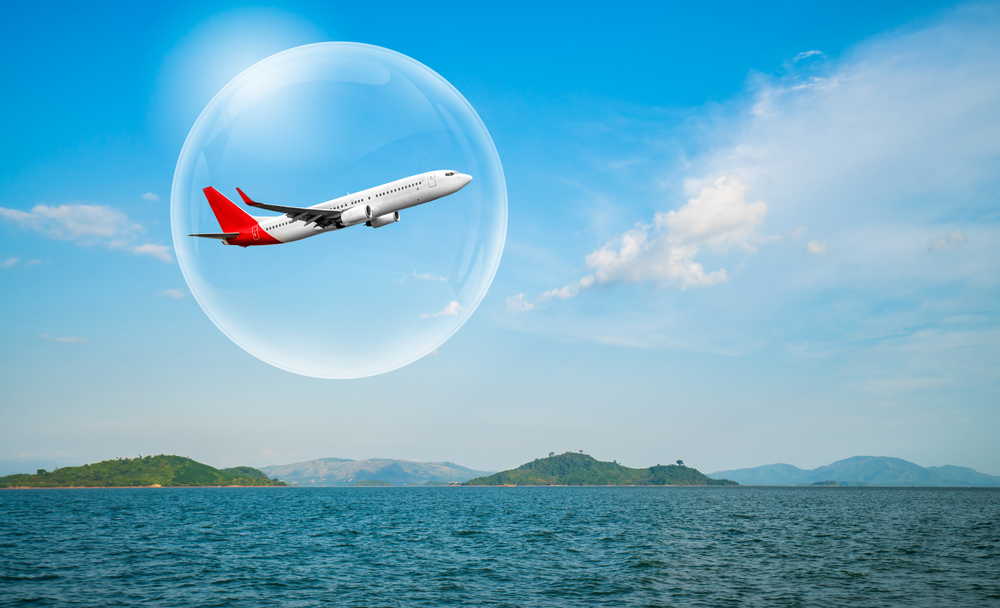
Industry analysts predict stronger recovery for APAC business travel in the third and fourth quarter of this year. Travel risk intelligence experts Riskline recently held a webinar discussing how travel bubbles can support the return to business travel within APAC and what travel managers can do to prepare.
In The Future of Travel Bubbles in APAC and Beyond, Riskline’s Australia-based analysts examine the recent ‘bubble’ agreements between Australia and New Zealand, Singapore and Taiwan, India and several European countries. They explain the current restrictions around these bubbles and the various factors that could influence their success, such as the rate of infection and vaccination.
Travel bubbles between countries will most likely form under the following conditions:
- Like-minded countries are likely to enter into travel agreements with each other.
- Bubbles for countries that have high vaccination numbers.
- Countries with better control of the outbreak will first try a one-way travel agreement.
- Some may open only to short-term travellers to limit number of incoming travellers.
Melbourne-based analyst, Aaron Kunaraja from Riskline, explains: “Travel bubbles are an important mechanism to boost business travel recovery. We know there is pent up demand to travel, with traveller confidence particularly high in certain APAC countries - notably China (77%) and Australia (54% - according to the Expedia Group). The challenge now for travel managers is to understand the finer detail of these bubbles as they plan for the gradual return of business travel.”




















